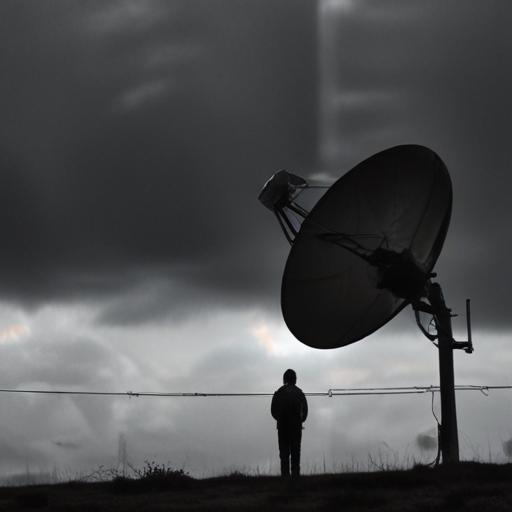On Thursday, a significant interruption in the Starlink satellite Internet network left subscribers without service for over two hours, marking the longest outage since SpaceX launched the consumer service nearly five years ago. This outage impacted both civilian users and military operations, revealing vulnerabilities in communication systems for those reliant on Starlink.
Michael Nicolls, SpaceX’s vice president of Starlink engineering, confirmed via X that the outage lasted approximately 2.5 hours, attributing the disruption to a failure of crucial internal software services that support the core network. Both Nicolls and SpaceX CEO Elon Musk issued apologies, assuring users that the root cause would be addressed to prevent future occurrences.
The outage particularly affected military operations in Ukraine, where Starlink has become essential for coordinating efforts in the ongoing conflict with Russia. Commander Robert Brovdi highlighted on Telegram that the loss of Starlink connectivity hindered combat operations and reconnaissance efforts, emphasizing the necessity for a diversified communication infrastructure in military contexts. This incident illustrates the critical dependence on such technologies and the risks involved in relying solely on one provider.
In light of the outage, Oleksandr Dmitriev, founder of a Ukrainian system that integrates feeds from numerous drone crews, reflected on the limitations of cloud services for military operations, suggesting that alternatives should be explored to enhance reliability in critical environments.
As this situation underscores the importance of robust and redundant communication systems, it serves as a reminder for organizations to prepare for potential disruptions by implementing diversified connections, ultimately fostering greater resilience in their operational capabilities.
